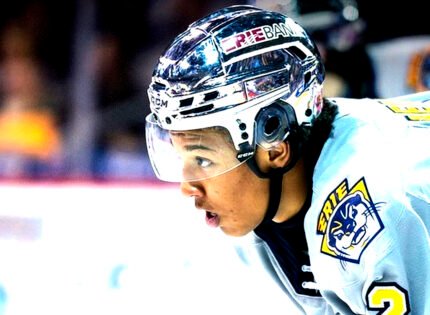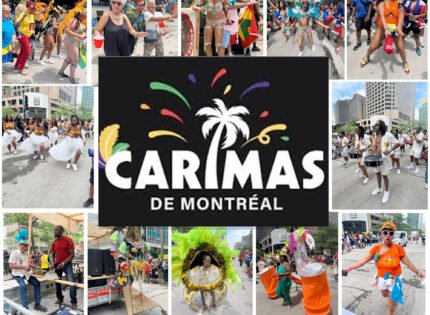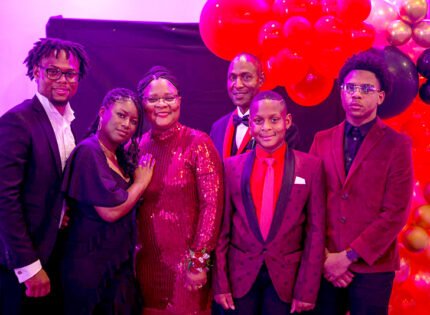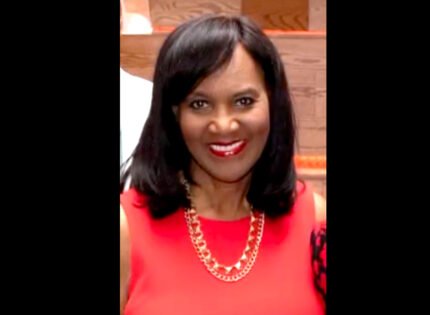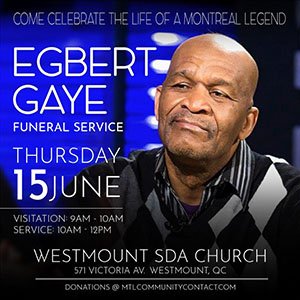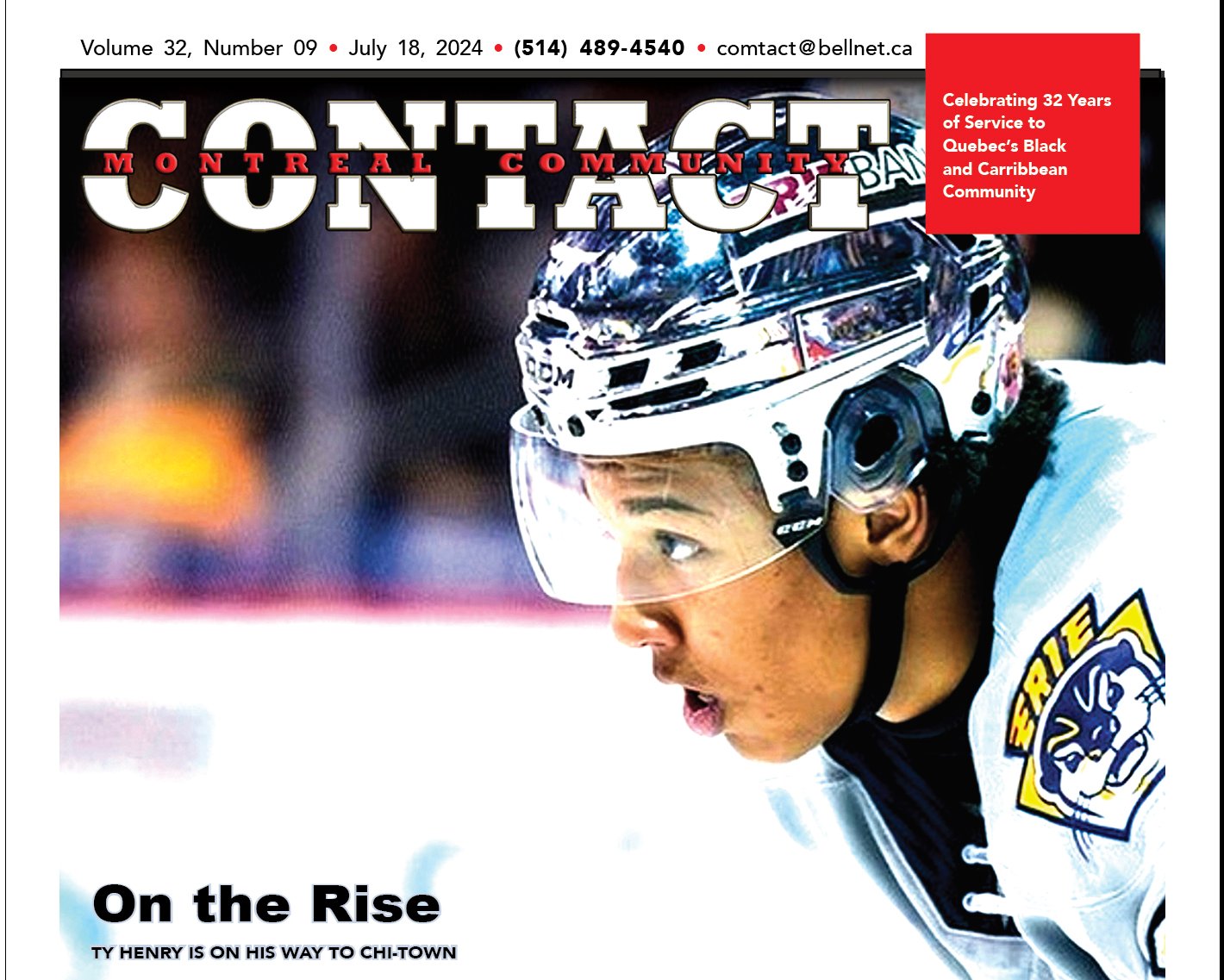26-year-old Franco Egalité wants his painting to provoke interest in the life of the iconic freedom fighter
Egbert Gaye
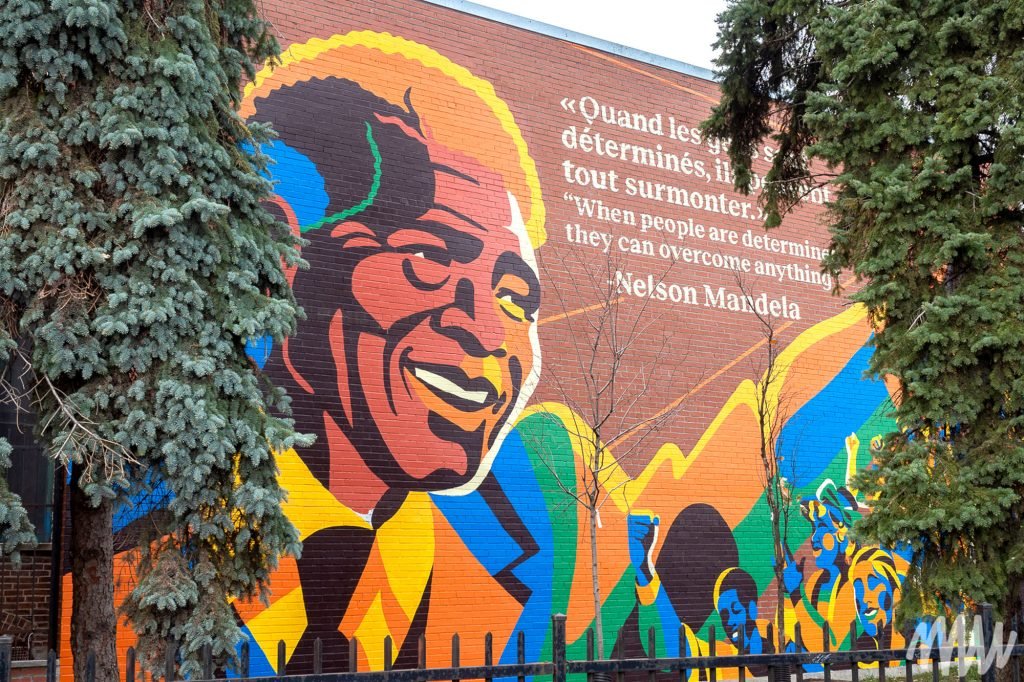
The mural on the eastern wall of Union United Church is there for all to observe: Nelson Rolihlahla Mandela, former South African human rights advocate, anti-apartheid revolutionary and president standing tall with outstretched clenched fist reaching upwards, rallying the crowd.
The mural’s dramatic impact is without question, capturing observers with its powerful imagery, captivating colors and a stimulating quote. But that’s only part of artist Franco Egalité’s intention.
“I also want to rally people. I want to inspire them to learn more, not only about the man Mandela but also about apartheid, his message and the struggle.
Personally, I was captured by the strength of his words and his ability to use those words to move people in the fight against apartheid.
More than anything else, I wanted the mural to be an accurate representation of Mandela and to capture his legacy.”
The 26-year-old artist says as it is with any work of art, observers will walk away with their own interpretation.
But he offers his own take.
“I think it all starts with Mandela’s quote: “When people are determined they can overcome anything” and we’re thinking of those words as we look into his face, then lifting our eyes to see the fist, we see the crowd of people raising up… rallying for the cause.”
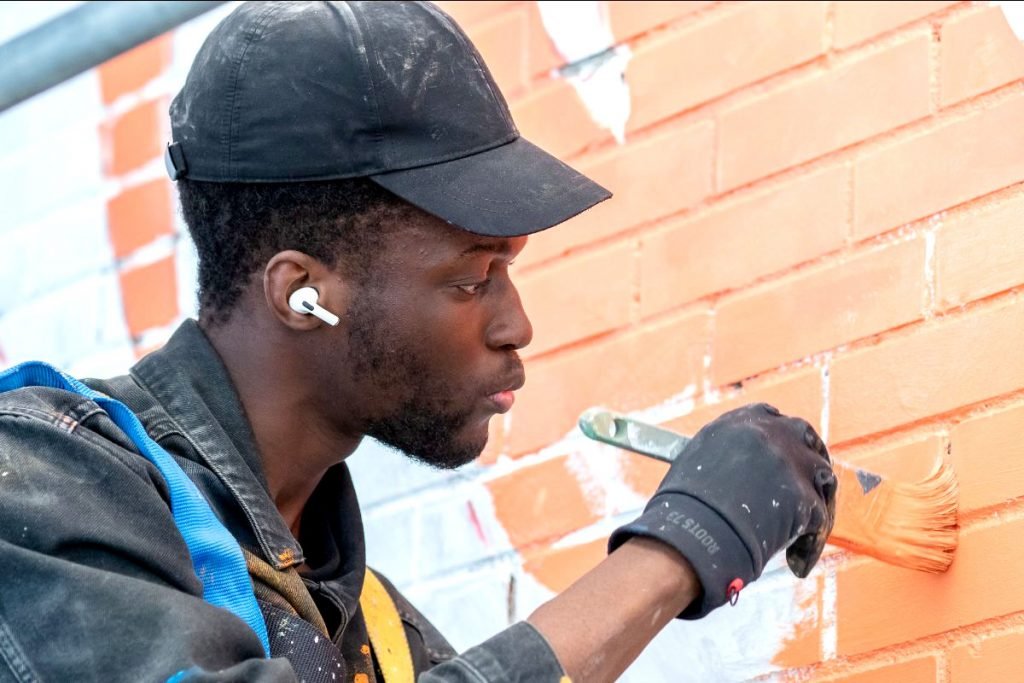
Egalité added that the colors he used to bring the mural to life are just as significant.
He refers to them as “heritage colors” that are linked directly to Mandela, his history as well as the history of South Africa.
“I like to reflect heritage through colors. So it was very important to me to make those colors relevant everything including Mandela’s skin tone.”
The mural, a collaborative project between the Round Table for Black History Month, Union United Church and Mu Mtl. is in commemoration of Mandela’s visits to Montreal on June 19, 1990.
The iconic freedom fighter made the church, home to one of Canada’s oldest Black congregations one of his stopovers in Montreal, during his historic visit to Canada, not long after he was released from a South African prison where he spent 27 years as a political prisoner.
The Montreal born Egalité, says he went into the project not knowing enough about Mandela, only the little that he had gathered from school and from the media.
So when the call came from MU, a local collective that promotes and creates murals across the city and province, for him to take on the project, it was an inspiration and a challenge.
He says he devoted a lot of time researching the life and times of Mandela, voraciously consuming documentaries, books and anything that offered insight on the man.
Then, once the agreements, licenses and formalities with participating partner were taken care of, he started working on the mural in mid-October.
Egalité jokes he has been tracing lines long before he was able to walk. After high school, he attended classes at CEGEP Vieux Montreal and at UQAM but moved before completing his certification because the call to do his creative work was stronger than sitting in classrooms.
Over the years, he has undertaken several interesting projects across Montreal but this mural is the most significant so far.
“This is the biggest wall I’ve worked on. Also I really enjoyed the community aspect of the project. It was great working with the young volunteers from the community because they contributed in a lot of ways to make mural even more meaningful.”
Michael Farkas, head of the Round Table for Black History Month is happy with the outcome of the project, which was, spearhead by his group.
He says the $50,000 initiative adds to Montreal’s “historic and touristic” landscape and has the potential of becoming a major drawing card for the tourism industry.
“It certainly adds some Black content to the landscape and it all starts with this historic church. Our challenge now is to preserve this mural and make it a permanent part of this community and the city,” says Farkas, who is also head of Youth in Motion and BUMP, two organizations offering services to youth in the Little Burgundy area.
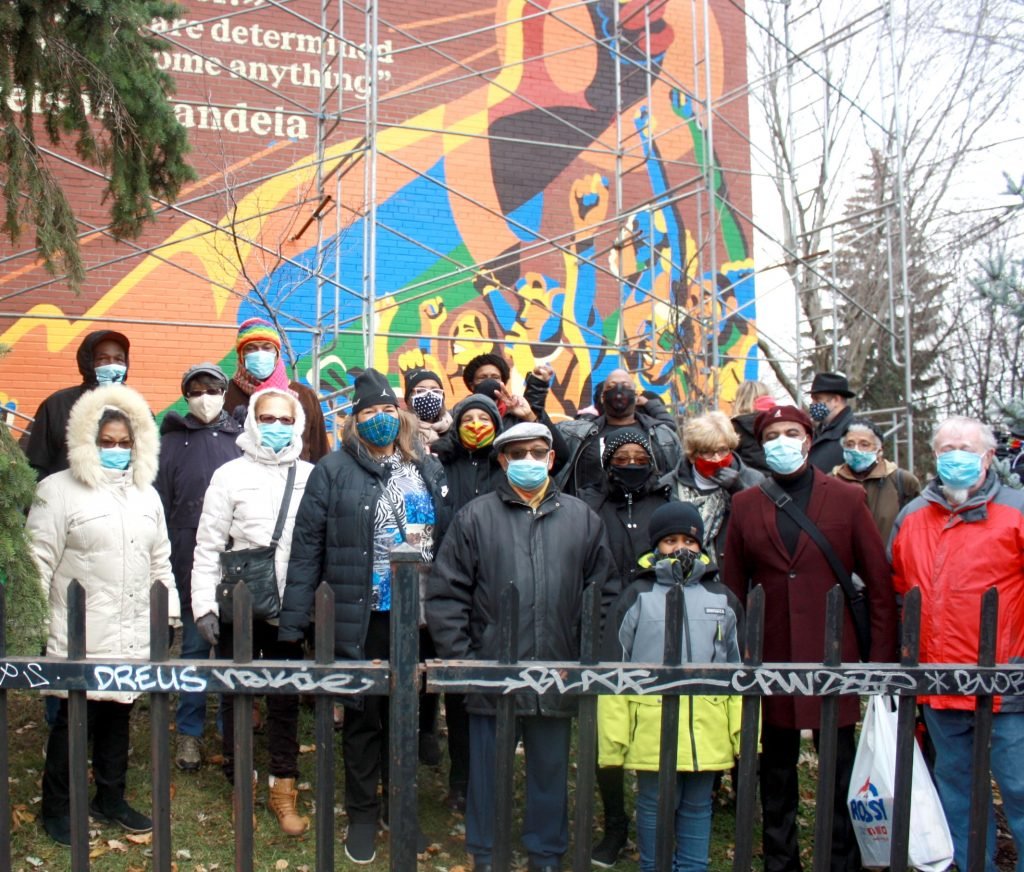
Charlene Hunt, chairperson of the outreach ministry at Union United Church is also aware of the significance of the mural in highlighting the history of the institution and says it’s important that the City of Montreal does all in its power to provide sanctuary around it.
“Sadly we have to accept that the area attracts a lot of homeless people, and they litter,” she told the CONTACT. “I think the only way to preserve this important piece of our history is for the City to commit to beautifying the area by building a mini park around it and installing benches so that people can relax and enjoy the mural.”
For Egalité, it’s also important that the mural, in which he invested so much of himself, takes its rightful place in Montreal’s history. But just as significant to him is that those who see it “are energized” by the legacy of a great human being…Nelson Rolihlahla Mandela.
The Nelson Mandela Legacy Mural was unveiled on Monday, November 16, in the presence of Benoit Dorais mayor of the South West borough and other City of Montreal and community officials.



